Railroad tell-tales
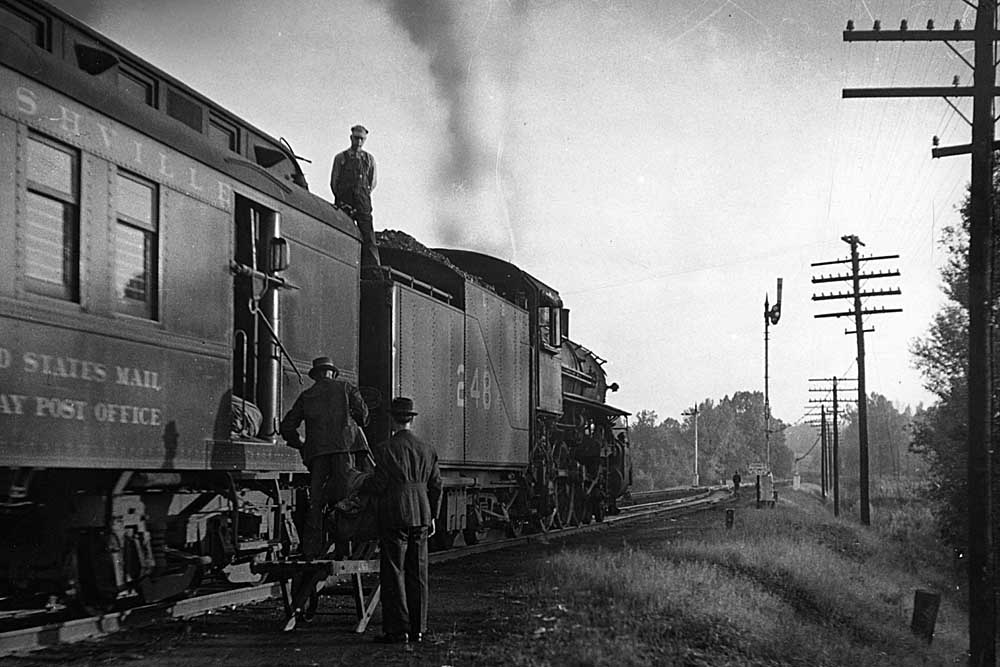
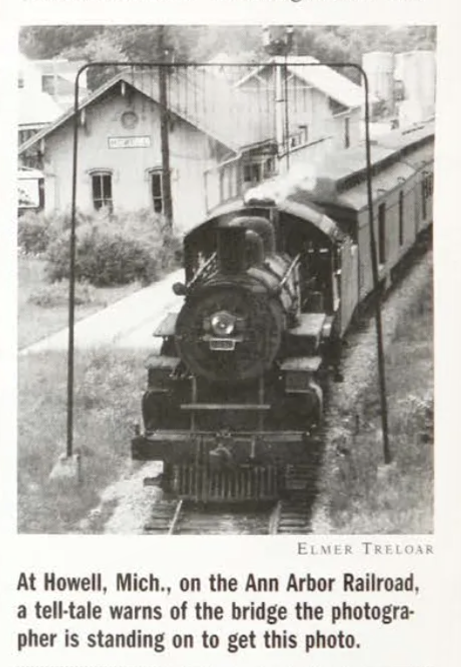 At one time, railroad tell-tales were placed along the track on either side of low structures such as bridges and tunnels to warn crew members on top of the cars that they could not remain in a standing position while passing under the structure.
At one time, railroad tell-tales were placed along the track on either side of low structures such as bridges and tunnels to warn crew members on top of the cars that they could not remain in a standing position while passing under the structure.
Before the adoption of the air brake, and for decades afterwards, brakemen would often be on top of freight cars while a train was in motion. If a brakeman didn’t see an approaching bridge, he would feel the tell-tales and know to immediately lie down flat against the top of the car.
In 1926, standards called for tell-tales to be placed 100 to 300 feet away from structures with a clearance of 21 feet or less above main or siding tracks (50-100 feet away for yard tracks).
Single-track tell-tales consisted of a mast and bracket (or U-shaped structure), from which a series of half-inch-diameter ropes were suspended; multi-track installations had two masts supporting span wires which in turn held the warning ropes.
Today, crews are no longer required or permitted to be atop cars in trains, and tell-tales have either been removed or are no longer maintained.
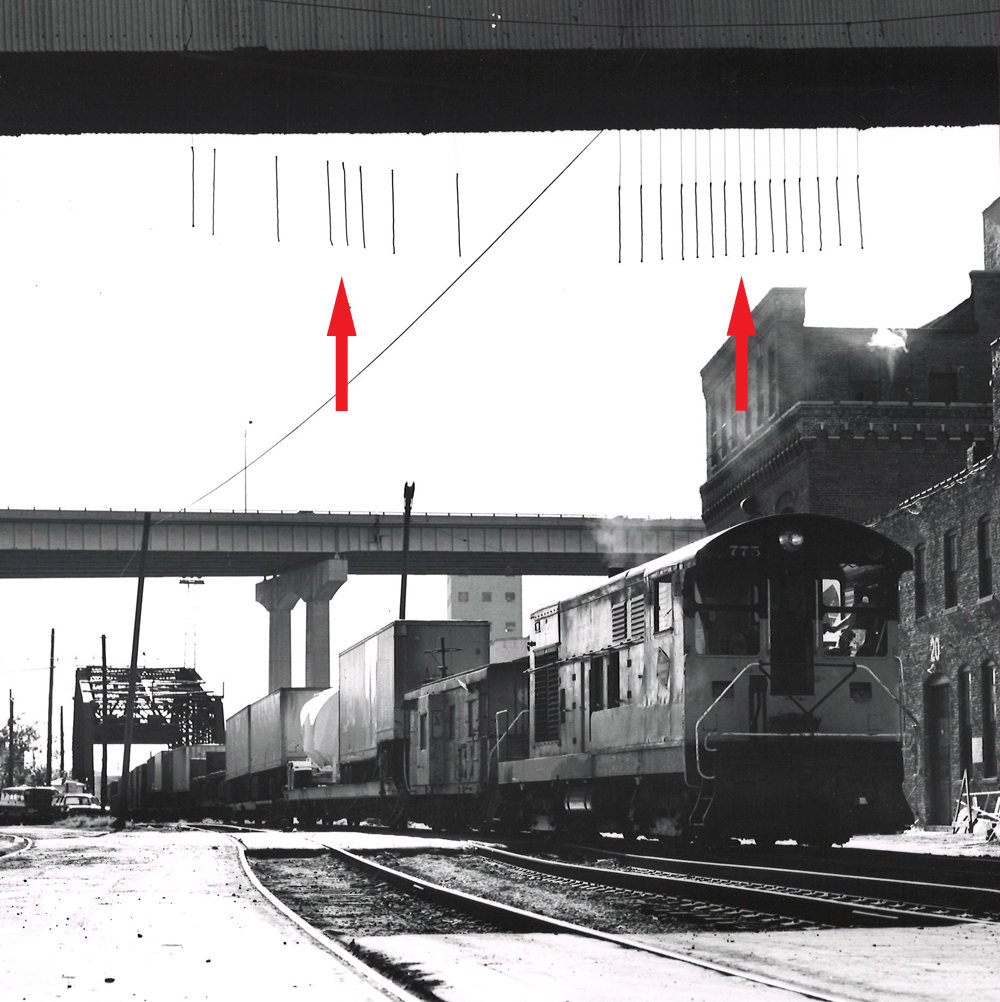






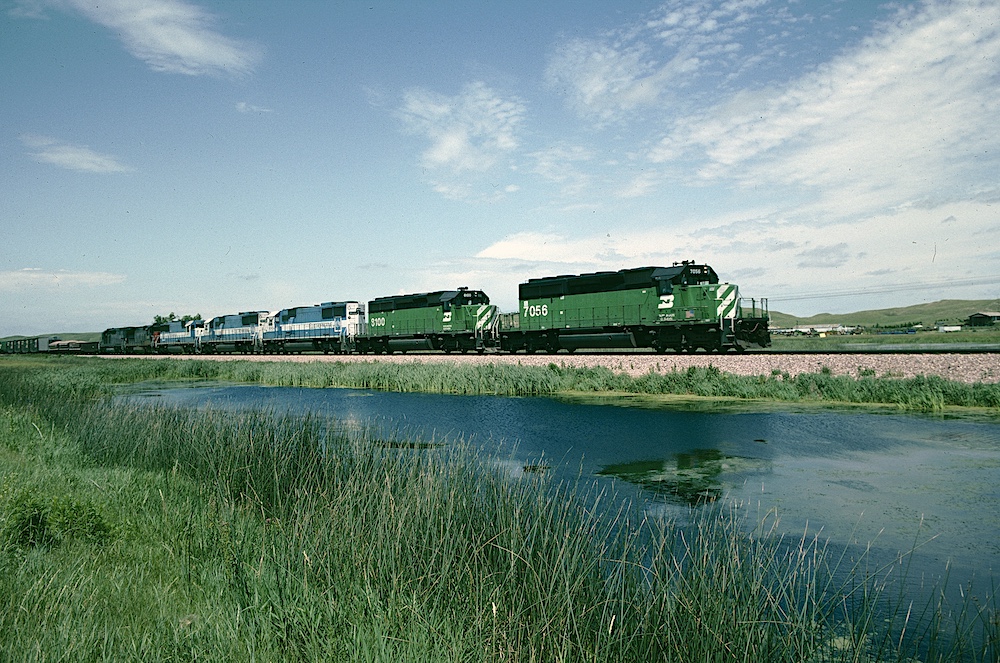
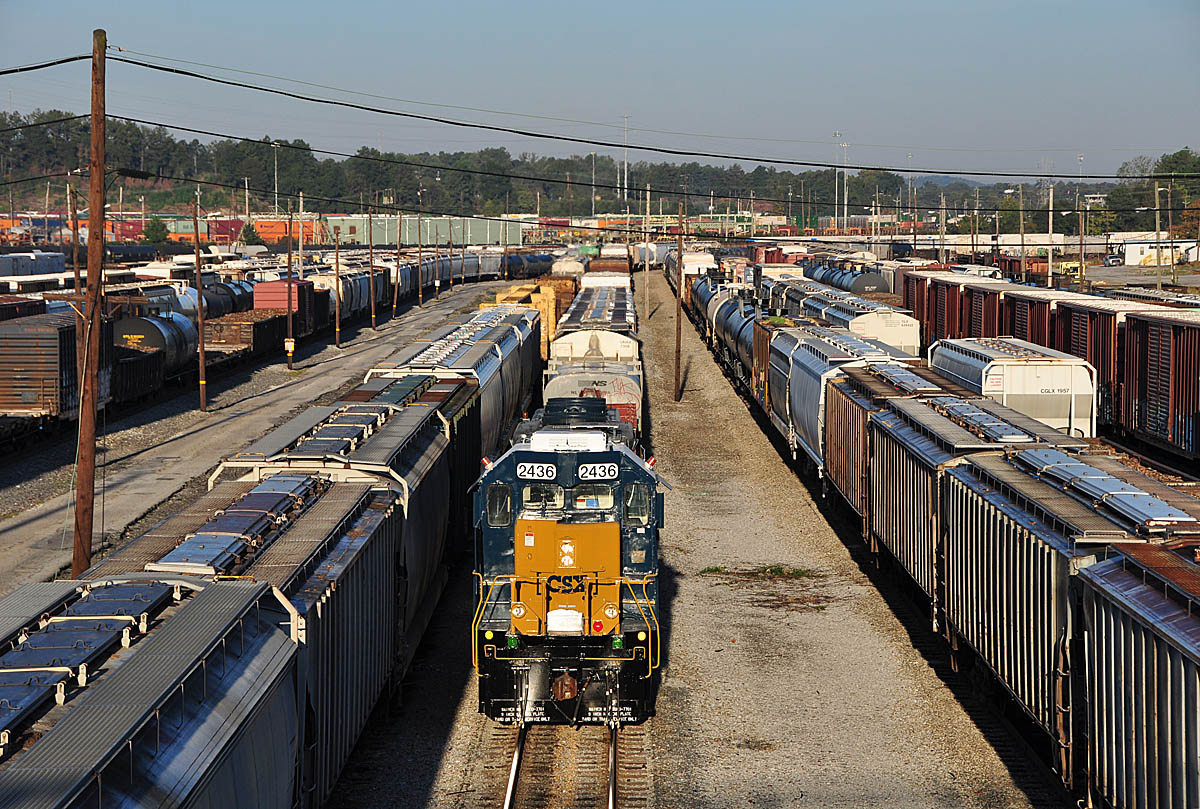
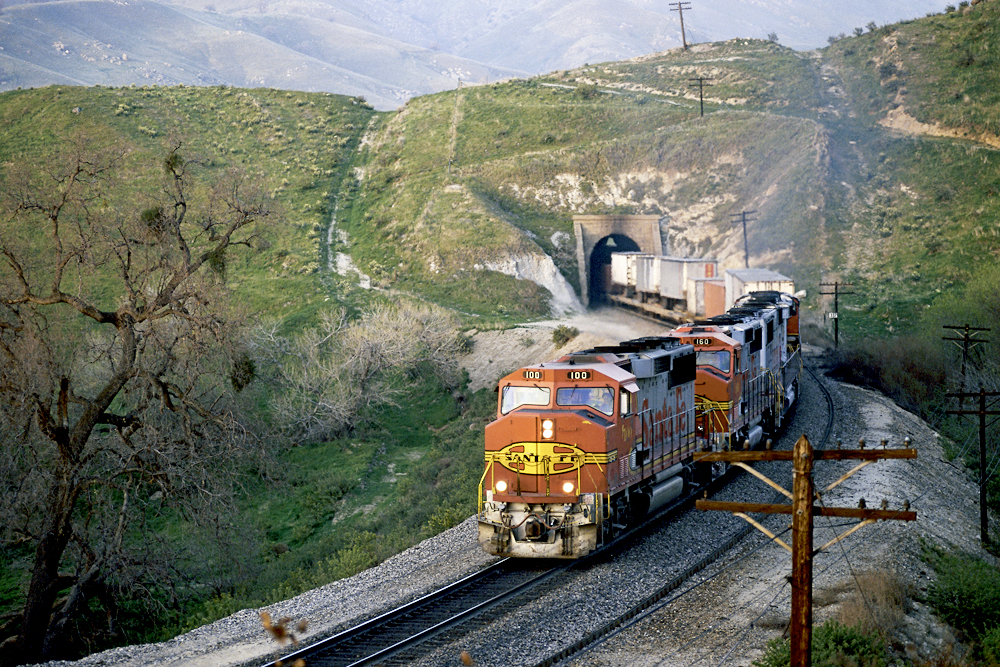




The Chicago and North Western standard drawing C.E.15505-A, dated “Jan. 20,1933” [coincidentally FDR’s first day in office?] (“Made joint with C.St.P.M.&O. Ry. Aug. 30, 1944”), explicitly states “No. 9 Galv. iron wire” and does not mention “tell-tale” anywhere. The exclusive term on the drawing was “WHIP GUARD”. This (1933) plan is stated to replace “Drg. C.E. 9558 dated Feby. 22, 1909”.
The 1950 revision drawing is titled “C.&.[sic]N.W. SYSTEM STANDARD WHIP GUARDS” but does use “Tell Tales” elsewhere on the sheet. The Chief Engineer also adopted “#12 Braided Rope Treated” and… a jolly “Copper Tip” on the end of the rope.